High noise levels in electric toothbrushes can signal mechanical inefficiencies that not only annoy users but may also compromise cleaning efficacy, especially if the device’s water resistance features are compromised by vibration-induced seal fatigue. In this post, we explore six factors linking sound output to actual plaque removal and offer guidance for B2B manufacturers to design quieter, more effective products.
First, louder handles often indicate excessive motor vibration:
By analyzing acoustic spectra during R&D, engineers can balance rotor mass to maximize bristle-to-enamel force, not noise.
Moreover, users react to loud devices in ways that impair brushing technique:
Designing handles with lower decibel output improves user adherence to correct duration and pressure, boosting overall cleaning efficacy.Company web: https://www.powsmart.com/product/electric-toothbrush/
Beyond annoyance, high-amplitude vibrations accelerate seal wear:
Robust seal design and elastomer damping preserve water resistance and quiet operation over device lifetime.
Next, lab testing reveals that:
Optimizing motor windings and cooling paths reduces both noise and power drain, sustaining cleaning efficacy.
Manufacturers can integrate smart controls to mitigate noise without sacrificing performance:
These software-driven techniques complement mechanical damping for a perceptibly quieter, more effective brush.
Finally, B2B manufacturers and channel partners should:
By positioning quiet operation as a proxy for long-term cleaning efficacy and reliable water resistance, partners can drive higher adoption and satisfaction.
Conclusion
Excessive noise levels in electric toothbrushes are more than a nuisance—they often herald reduced cleaning efficacy and accelerated seal wear that compromise water resistance. Through acoustic optimization, user-centric smart modes, and clear B2B positioning, manufacturers can deliver products that clean better, last longer, and delight users quietly. Contact us to explore integrated noise-reduction and performance-testing solutions for your next-generation lineup.
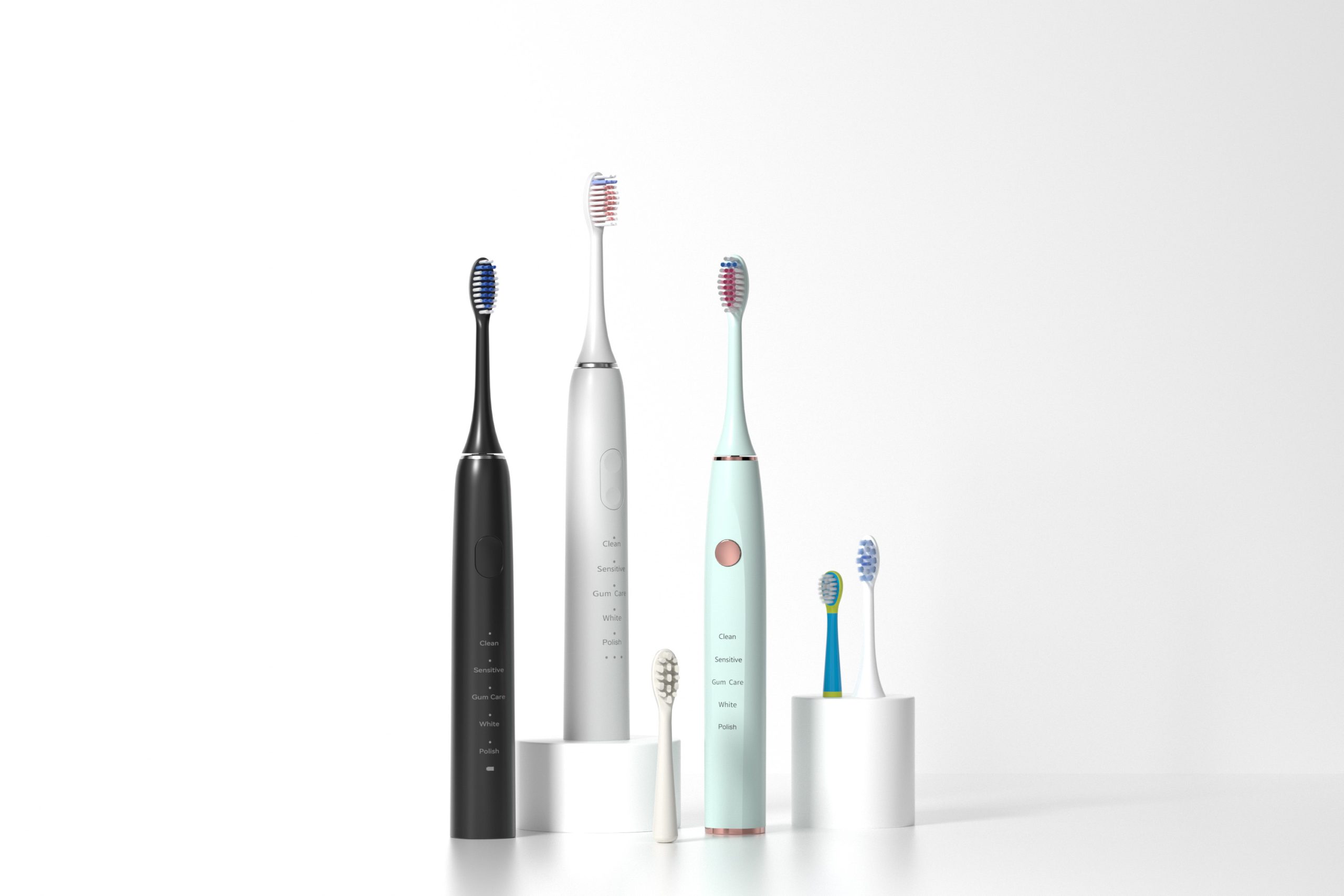
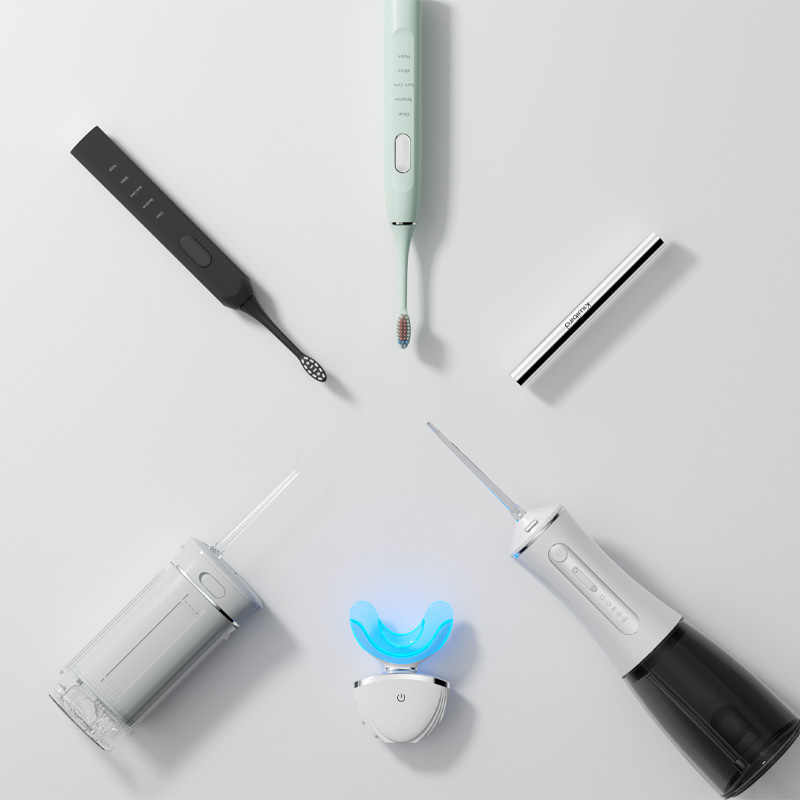
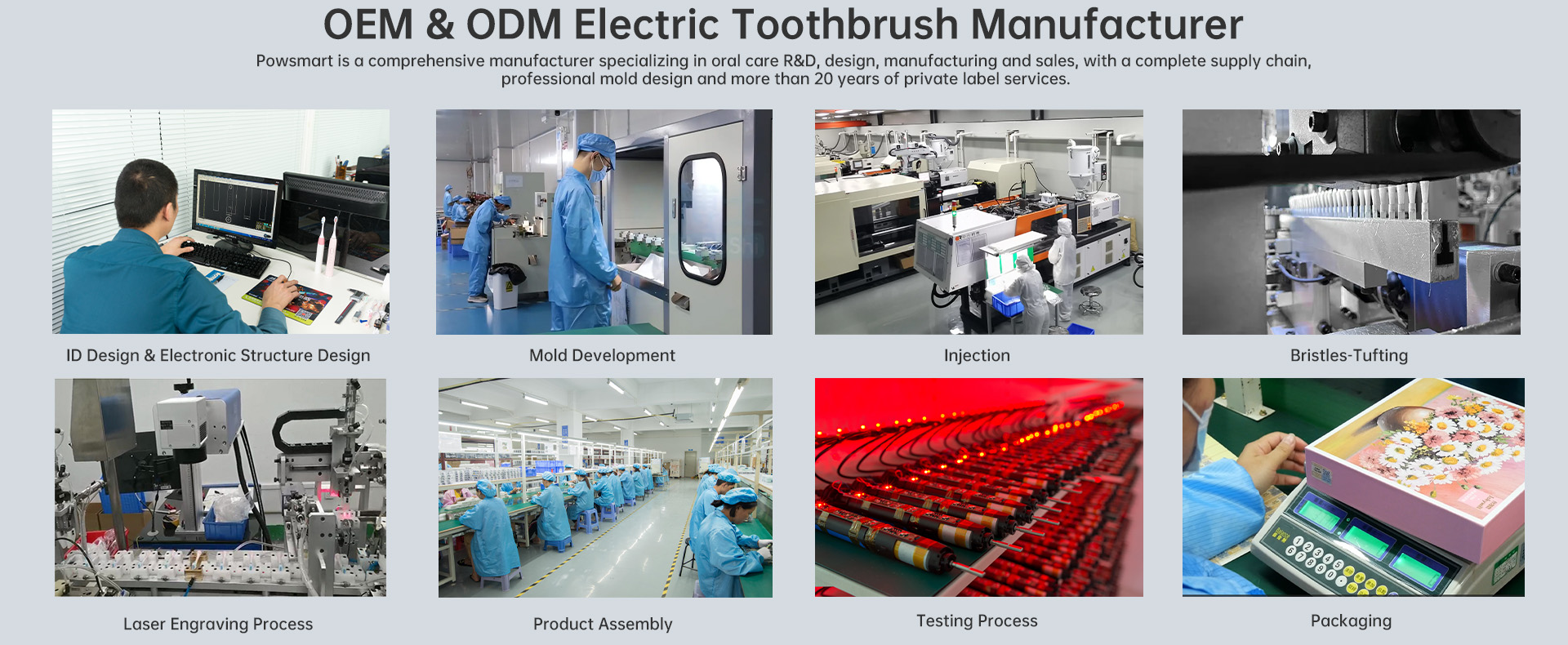
How to Control the Life of Key Components of Water Flosser and Reduce the After-Sales Rate?
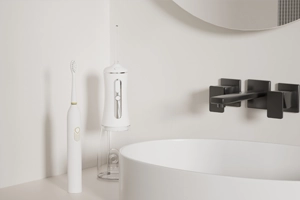
Beginner’s Guide to Water Flosser Pressure Settings
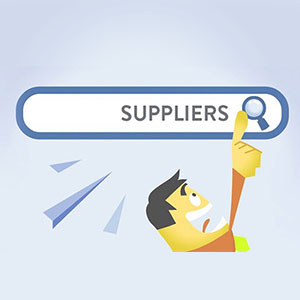
How to choose a reliable electric toothbrush factory?
Is Adaptor Compatibility Limited by Grip Ergonomics Flaws?

Water Flosser Market Trends in 2025: Consumer Preferences and Innovative Technologies
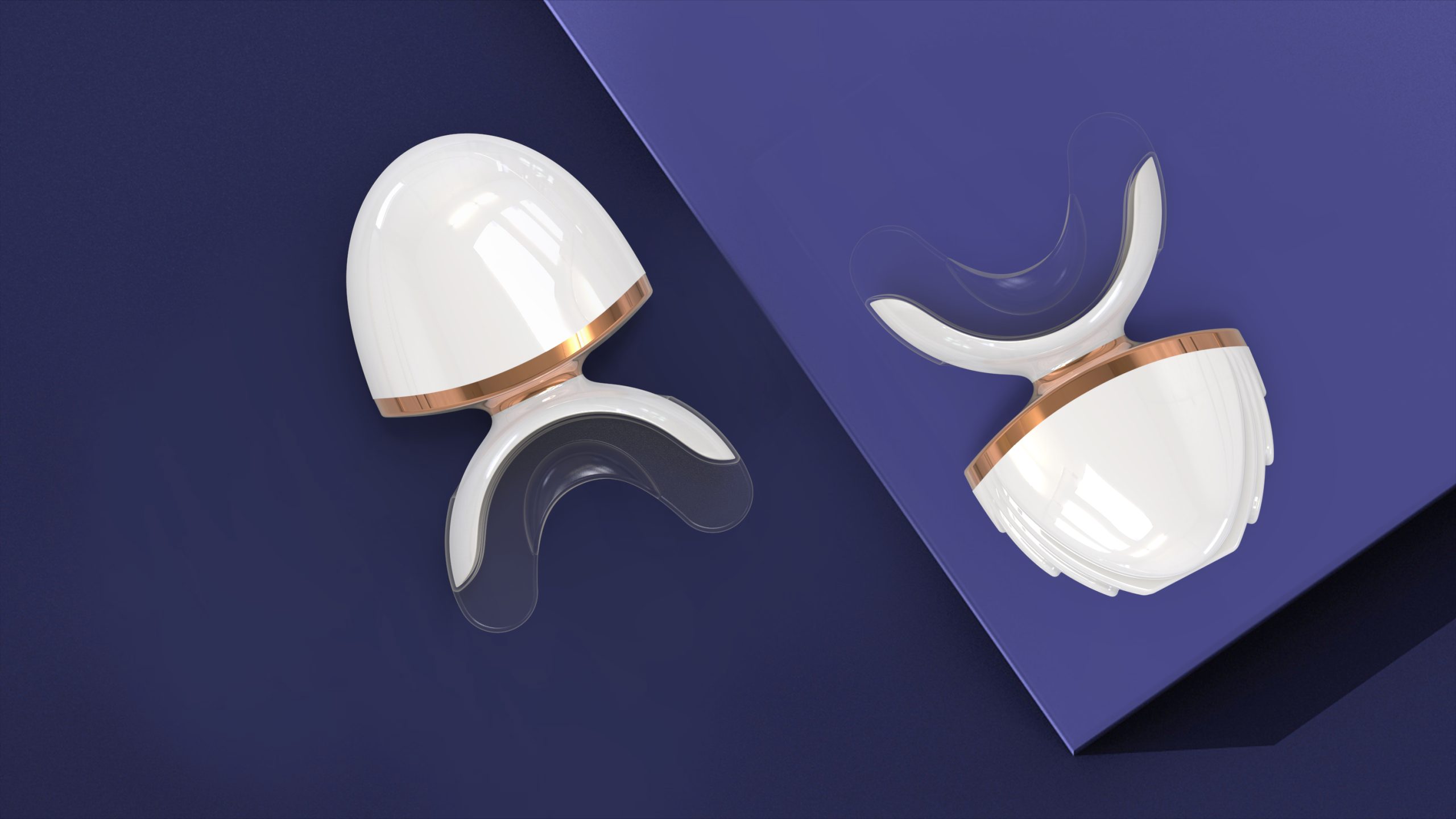
Is Blue Light Under 480nm Safe for Teeth Whitening Devices?
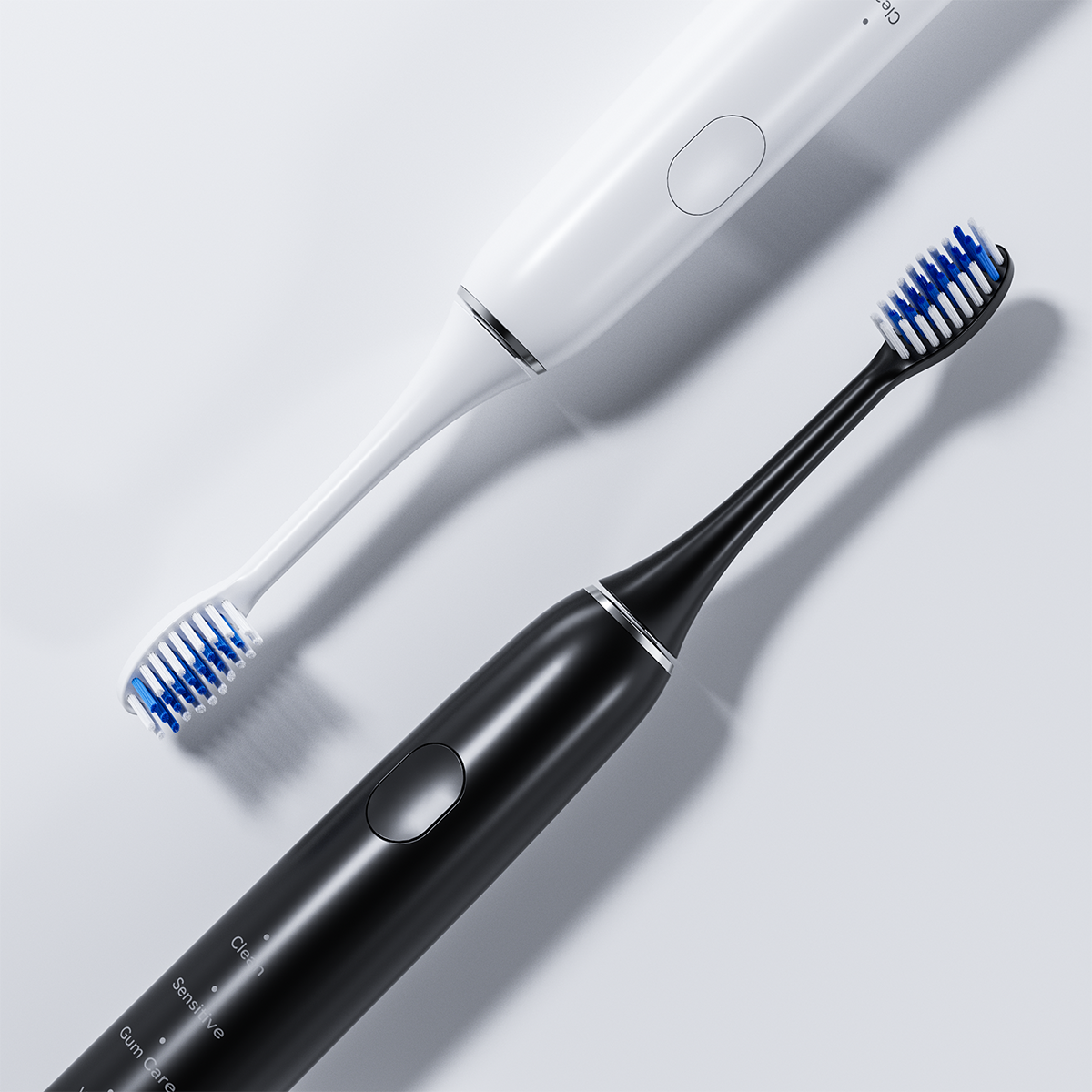
Waterproof & Fast Charging? Inside High-End electric Toothbrush Charging Stations
Can Child Lock Failure Exacerbate Tongue Cleaner Abrasion?
Why Post-Whitening Diets Need Gum Inflammation Cautions?
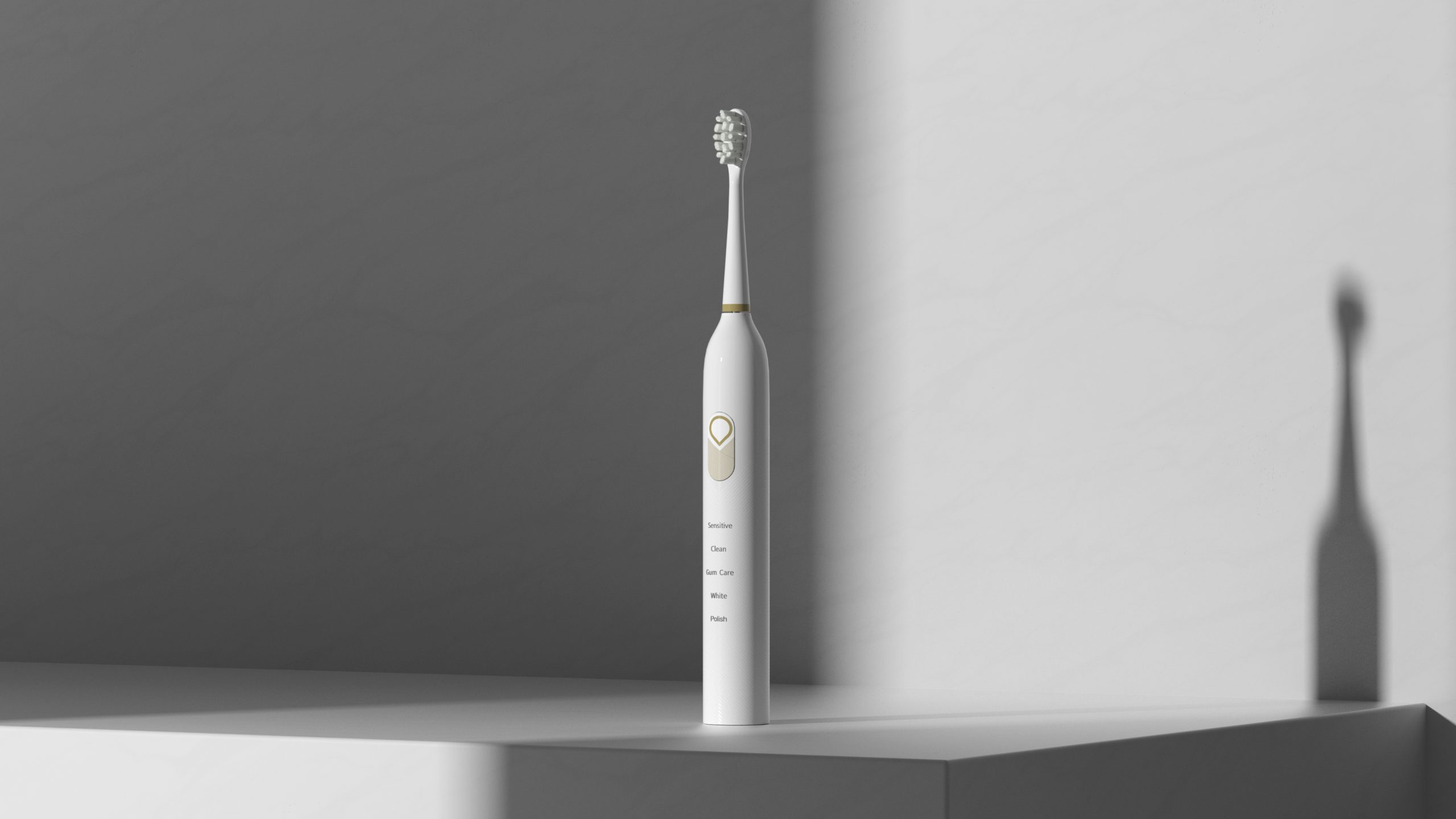
Key Points of Electric Toothbrush Precision Injection Molding: How to Avoid Shrinkage Marks and Flash?

Market Feedback of Electric Toothbrush + Water Flosser Two-in-One Device
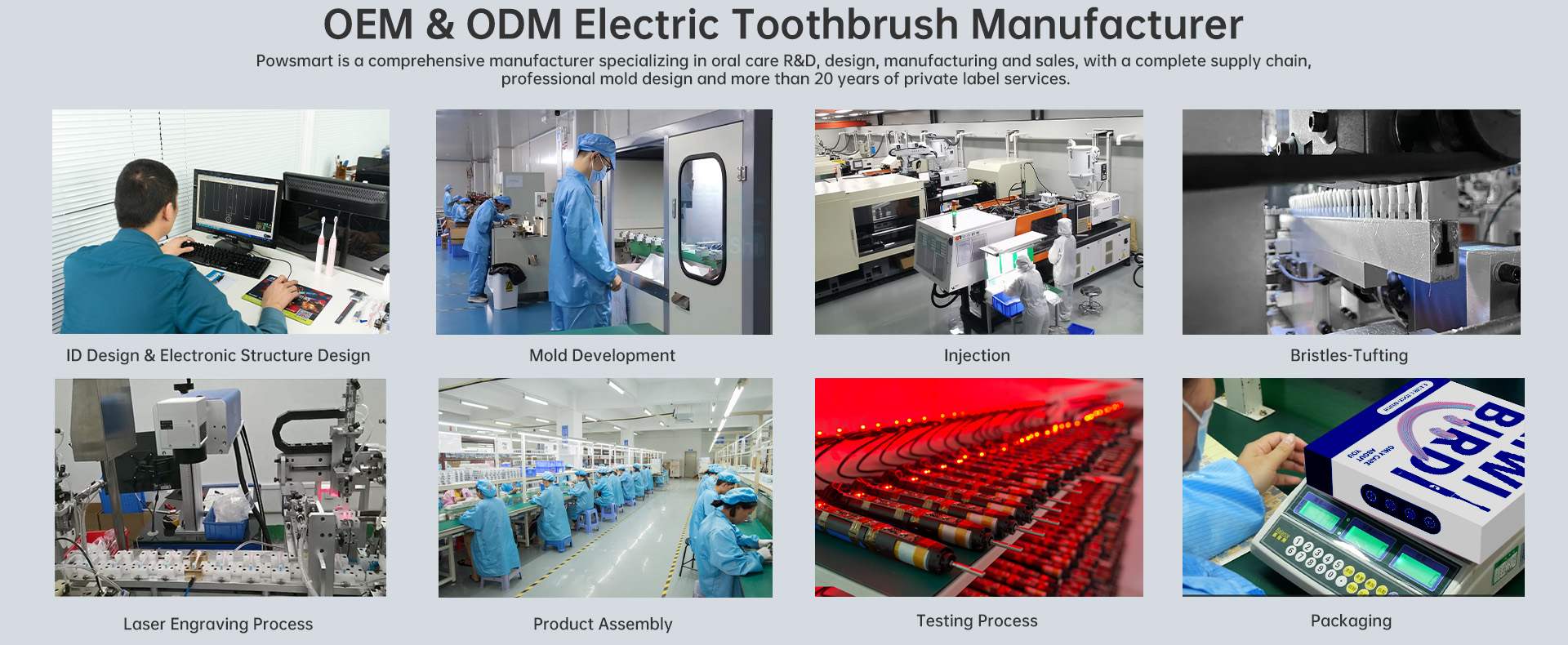
ISO 13485 Certification Interpretation: How Do Electric Toothbrush Meet Medical Device-Grade Production Standards?
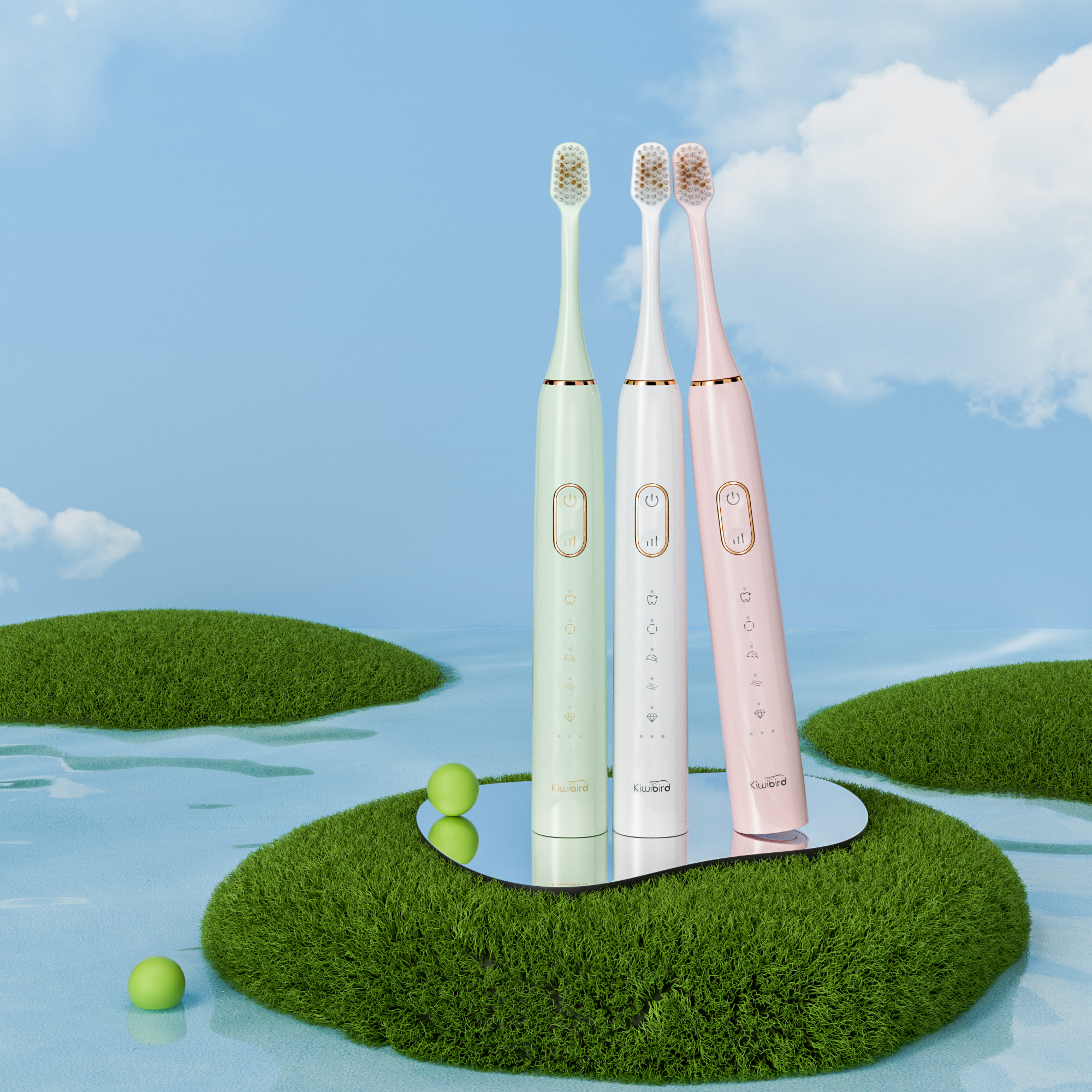
Why Is a Long Endurance Electric Toothbrush a Selling Point?
Why Do Whitening Cycles Cause Efficacy Debates?
.jpg)
Does a Clinic strength brush qualify as an India medical toothbrush standard?
.jpg)
Is the Colorado mountain toothbrush really a Colorado durable toothbrush — proven?

electric toothbrush heads Charcoal Infuse-Round

Electric toothbrush heads Charcoal Infused-Diamond

Private Label Whitening Gel

Customization Teeth Whitening Gel
.jpg)
Florida Electric Toothbrush – Powsmart PTR-C8

electric toothbrush heads Ultra Soft

electric toothbrush heads Deep Clean

electric toothbrush heads Regular Clean
whstapp
whstapp
National Toll-Free Service Hotline
+86 755 86238638